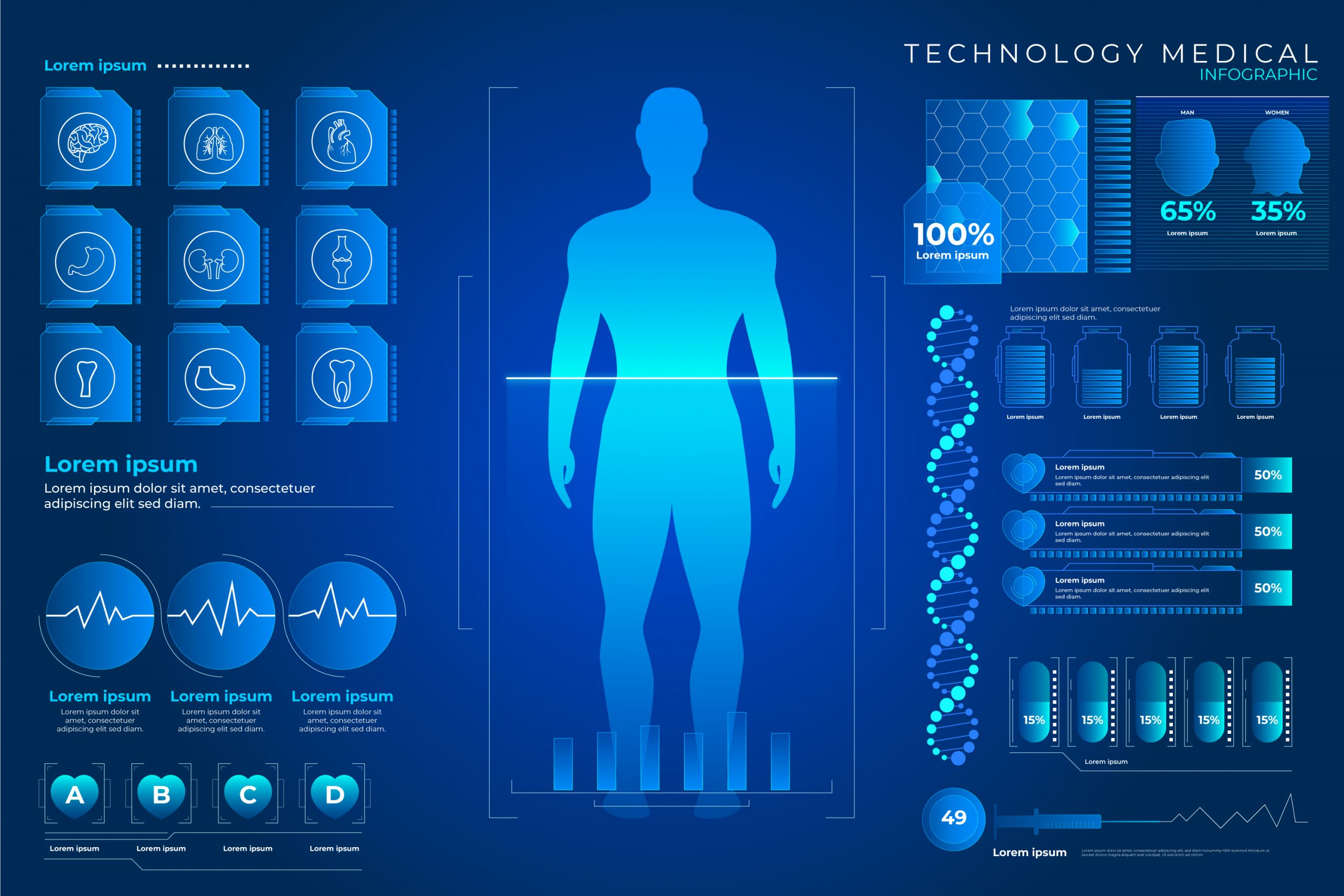In our previous blog post, we discussed 7 technology trends, shaping the personal care nowadays. This time around, I will be taking a more global look and showcase the technology trends which revolutionize the healthcare industry as a whole.
It is no secret to anybody, that technology has a significant presence in the molding of our modern society. In today’s technology hungry economy, our focus is placed primarily on efficiency, security, and cost-saving. We are facing the emergence of data-driven, patient-centric and highly tailored technological solutions which are slowly reshaping the healthcare industry.
“It is a really exciting time in healthcare. Many technologies are accelerating, and it is our potential to use those technologies in new ways, to rethink and reimagine the healthcare industry.”
Daniel Kraft | Chair for Medicine | Singularity University
The early technology adopters today, will be the ones gaining competitive advantage in the fast-changing environment of the near future. For this reason, I have prepared a list of 5 technology trends, which will have a serious impact on the future of the healthcare industry.
1. Augmented Reality and Virtual Reality
Also known as spatial computing, Augmented Reality (AR) and Virtual Reality (VR), are one of the technology trends which are steadily changing most modern industries. With a 27 billion USD market according to a report by Zion Market Research, and projected 790 billion USD increase until 2025, AR and VR undoubtedly have substantial effects in the future development of the healthcare industry. These immersive technologies have a prominent influence on the way knowledge and information are shared amongst the healthcare communities.
Before diving into the specific areas in which these technologies would be influential to the healthcare industry, it is important to understand the difference between Augmented and Virtual Reality. AR is used to add projections or sounds to enhance the existing environment, which the user already sees. It supplies mostly complementary information and graphics to enrich our visible surroundings. VR, on the other hand, creates an immersive experience, using 3D imagery, fully submerging the user into an alternate environment. In some cases, the user is able to interact and change the appearance of the environment.
Continue Reading: https://www.scalefocus.com/insights/business/the-future-of-healthcare-industry-and-technology-trends
Original Source: https://www.scalefocus.com












